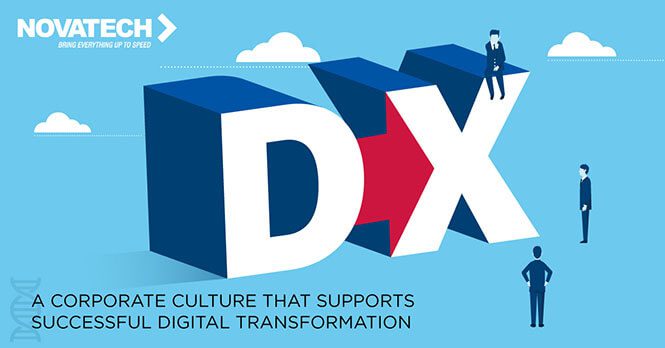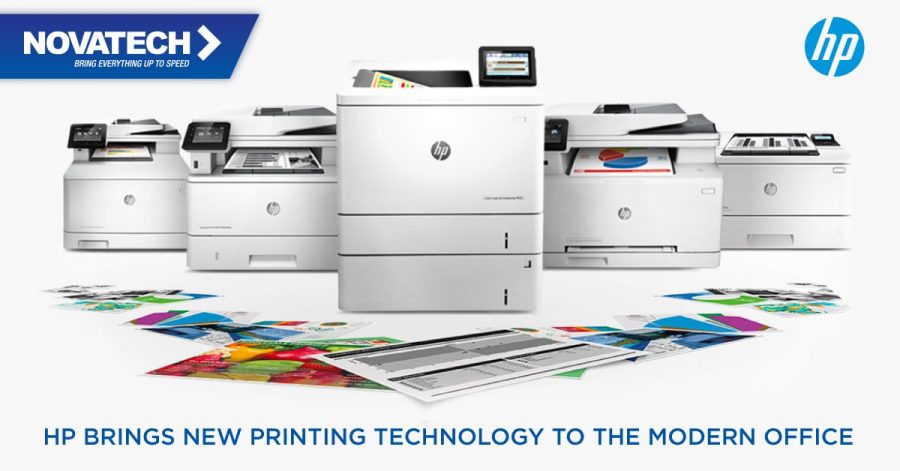Is Technical Capability Embedded in Your Business DNA?
2 min read

As we discussed in earlier articles, digital transformation (DX) requires organizational shifts that have nothing to do with IT infrastructure. DX can involve operational changes ranging from corporate culture organizational structure and even strategic alliances. For the firm to succeed, these changes must become so deeply embedded that they become part of the “business DNA.” Additionally, while technology by itself is not sufficient, technical capability is a key enabler of DX in other areas, helping decision makers realize desired outcomes.
What Is Technical Capability?
Technical capability — which we define as an organization’s ability to create business value through its IT assets and competency — is more than the sum of its operational tools, hardware and software. How the firm makes use of those assets and integrates them, both with one another and across the business, are key drivers of innovation, agility, competitiveness and prosperity.
If asked, many non-technical personnel would equate their firm’s technical capability with the effectiveness of the IT team. Placing such value on internal tech resources reflects an outdated attitude that does not position modern businesses for success.
Proactive, not Passive
Although support for technology has long been a proven mechanism for cutting costs, reducing overhead and providing greater value to customers, it’s no longer enough to passively adopt and maintain digital technologies.
Savvy business leaders understand the value of proactive technical directives aligned with robust planning and business development. With such an approach, the whole exceeds the sum of its parts, becoming a visionary synergy that provides valuable opportunities:
- Fine-tune capital allocation. Management can match IT investments to business objectives and assign discretionary funds based on a project’s ability to generate incremental value.
- Increase business agility. Firms are better positioned to adopt elastic solutions such as cloud computing, SaaS, automation and outsourcing.
- Embrace customer-centric business models.When businesses place the customer at the center of the firm’s digital strategy, the customer experience can become a key competitive differentiator.
- Extend flexibility to drive improvements. Giving departments and their teams application and device flexibility helps them work more efficiently and with greater personal satisfaction.
- Gain command of data. More effective data storage and analysis help identify market drivers, develop more accurate business forecasts and enhance competitive advantage.
Whether cloud based, device centric, on-premise or all three, technology positions a firm to become a digital business in thought, manifestation and deed. In doing so, as global consulting firm Accenture noted, companies are empowered to “create competitive edges based on unique combinations of digital and physical resources. They do things that others cannot and in ways that build comparative advantage.”


